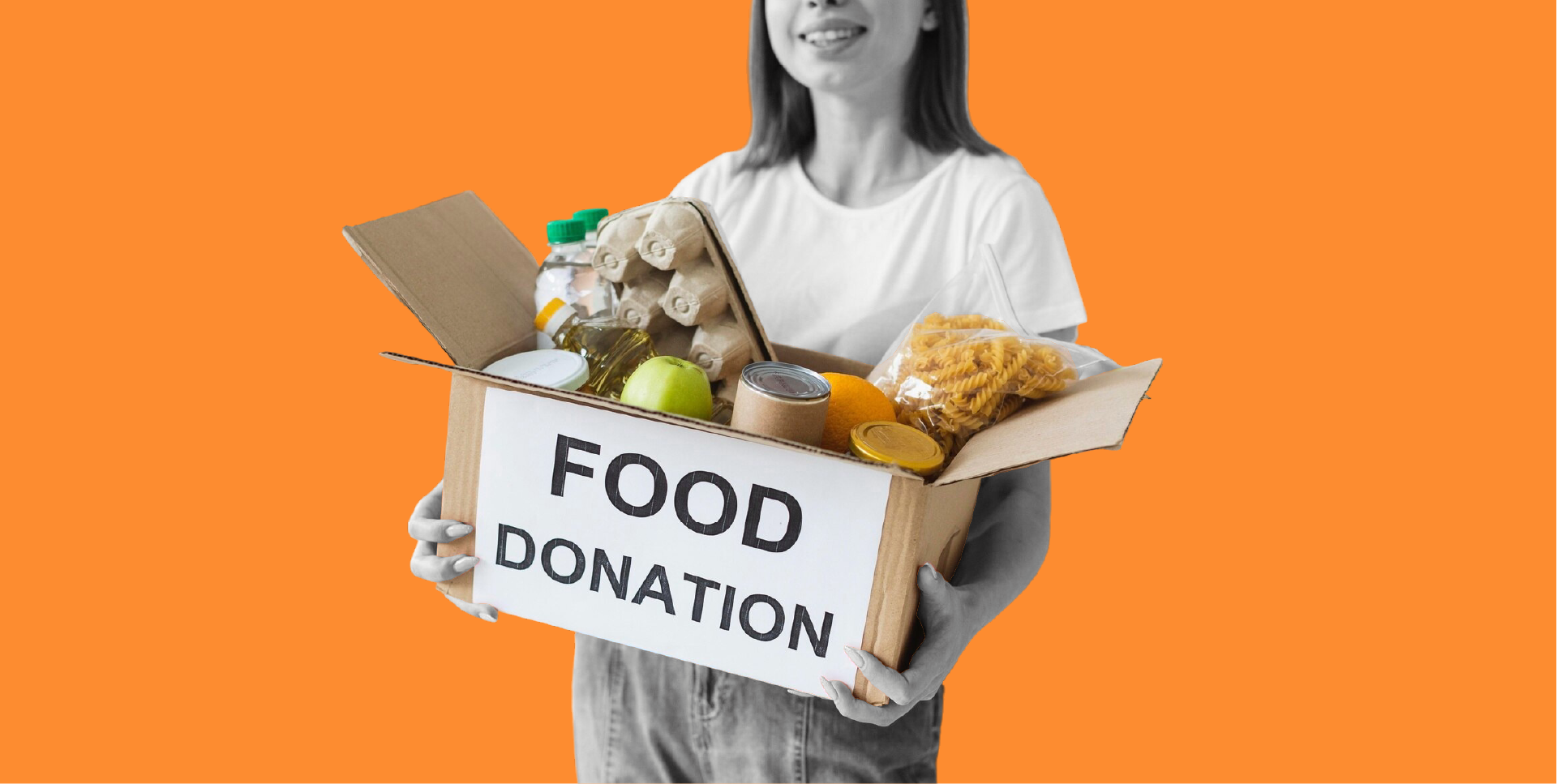Hunger Action Month: Uniting to alleviate food insecurity

Every September, communities across the United States observe Hunger Action Month, a nationwide awareness campaign that mobilizes the public to make hunger a thing of the past. It’s a crucial time to spotlight the sobering reality of food insecurity in the United States and to showcase the efforts being made to ensure nutritious food for all.
Despite being one of the wealthiest nations in the world, the United States faces a significant challenge with food insecurity, a term for inconsistent access to enough food for an active, healthy life.
Recent data from the U.S. Department of Agriculture (USDA) paints a concerning picture. In 2023, an estimated 44 million people lived in food-insecure households. This means that at some point during the year, these individuals had difficulty providing enough food for all their household members due to a lack of resources. Food insecurity is not just about hunger; it's about the chronic stress of not knowing where the next meal will come from, which can have a profound impact on physical and mental health.
Food deserts and nutrition gaps
The challenge of food insecurity extends beyond having enough food; it also encompasses access to healthy, affordable and nutritious options, which is often dependent on where people live.
A food desert is an area – urban or rural – where residents struggle to find affordable and nutritious food. This is usually due to few grocery stores, farmers' markets and other healthy food providers within a convenient distance. In these areas, residents may rely on convenience stores, gas stations and fast food restaurants, which typically offer highly processed and nutrient-poor pickings.
In a food desert, healthy food options are limited or nonexistent, even for those with the financial means to afford them. This forces residents to travel long distances to reach a supermarket, sometimes without reliable transportation. The added burden of time and cost can make healthy eating a major challenge, perpetuating poor nutrition and health disparities.
The role of nonprofits in alleviating hunger
In the face of these challenges, nonprofits play a vital role. They act as a critical safety net, filling gaps in government programs, especially as government-provided supports are increasingly hobbled by the current administration.
Nonprofits are on the front lines of hunger relief, directly serving individuals and families in need. This includes:
- Food banks and pantries: Organizations like Give Lively members California Association of Food Banks and Jefferson County Food Bank Association collect donated food from grocery stores, manufacturers, farmers and individuals and then distribute it to a network of smaller food pantries, soup kitchens and shelters.
- Food rescue organizations: A large amount of edible food is wasted every day. Give Lively member organization Rescuing Leftover Cuisine intercepts this surplus from restaurants, caterers and events, and redirects it to those in need. This not only reduces food waste but also saves fresh, high-quality meals from being discarded.
- Supporting local agriculture and food chains: Organizations like Farm2People actively strengthen local food supply chains by buying surplus produce from small and mid-sized farms and distributing it to food-insecure communities. By bridging the divide between agricultural productivity and urban demand, it addresses both food access and farmer livelihoods.
- Community building and education: Some nonprofits empower communities to grow their own food and build self-sufficiency. For instance, Global Seed Savers works to create seed sovereignty and foster sustainable communities by organizing, educating and mobilizing smallholder farmers, and promoting resilient and healthy food systems.
- Volunteer mobilization and partnerships: Give Lively member organization Community Cooks identifies food-support demand in human service agencies, then recruits and connects volunteers to meet those needs. The nonprofit coordinates 85 cooking teams, each providing a monthly meal to an assigned local partner agency.
Take action during Hunger Action Month
Hunger Action Month serves as a powerful reminder that while the challenge is immense, collective action can make a difference. Here’s how to contribute:
- Donate: Financial contributions to reputable food banks and hunger relief organizations allow them to purchase food, cover operational costs and expand their reach.
- Volunteer: Many nonprofits rely heavily on volunteers for sorting food, preparing meals, distributing donations and assisting with various programs.
- Advocate: Learn about policies that impact food security and then contact elected officials to express support for initiatives that address hunger.
- Support local: Buy from local farms and businesses that prioritize ethical sourcing and community well-being.
- Seek information: Understand the complexities of food insecurity, food deserts and nutrition gaps to become a more informed and effective advocate for change.
By uniting as individuals, communities and organizations, we can work towards a future where every person has consistent access to nutritious food. Nonprofits are at the heart of this work, showcasing the power of compassion, innovation and community spirit in building a more food-secure nation.
Read more
Learn about six nonprofits working to alleviate global hunger









.svg)
.svg)
.svg)
.svg)

.png)









